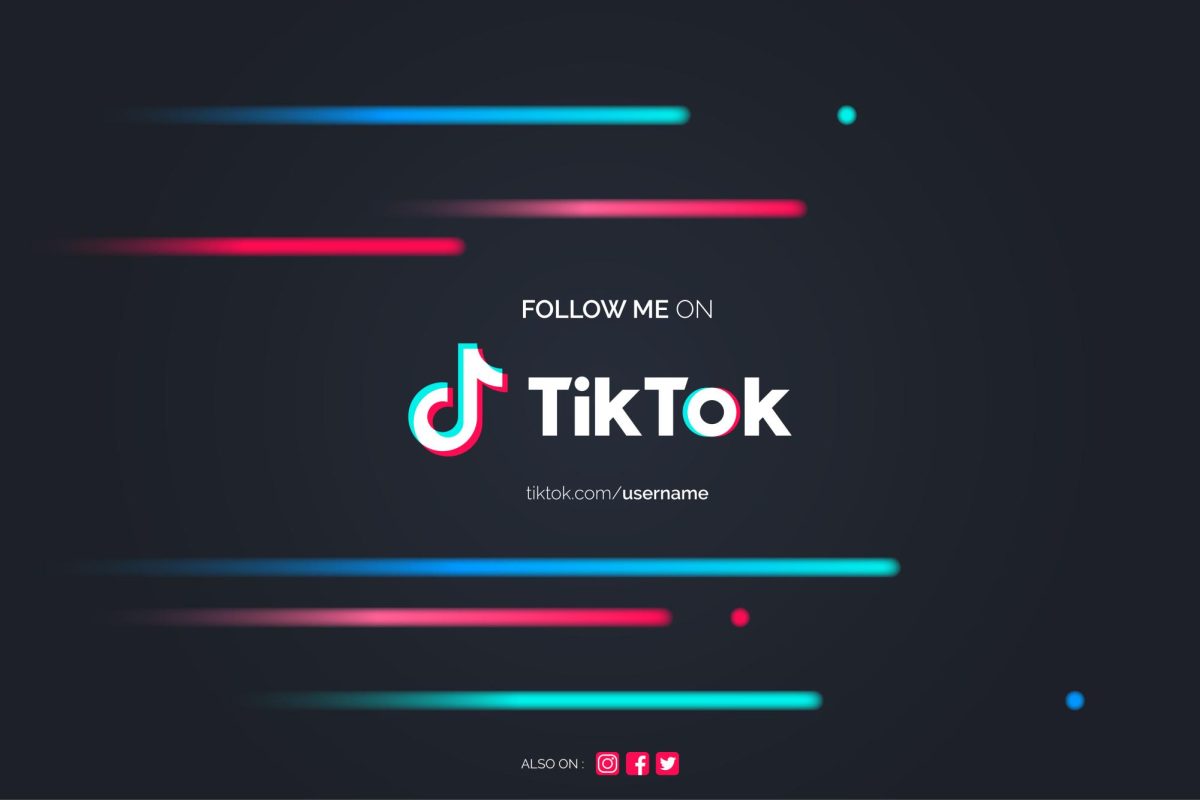For many people, rumors and claims surrounding a possible ban on the viral social media app TikTok in the United States have lingered in the air for years now. However, the current conversation regarding the ban feels significantly more serious and terminal with limited individuals looking at the possible bright side.
January 19, 2025, is the date being held over everyone’s heads, carrying a confusing and ever-changing definition of what the ban would look like.
Users have had a troubling time knowing if the ban would even end up going through, or if the app would immediately shut down if they live in America because of lacking definite conformations and quick-spreading rumors.
It wouldn’t feel like a stretch to say that a great majority of individuals who use the app are dreading the possibility of the app being banned, from users varying in generations to influencers who make a living off of TikTok.
Though the loss of this app would mean the loss of a large source of creativity and community, there is a positive side to the unavailability of it. One that might be more beneficial for the ecosystem than us.
Overconsumption refers to the excessive consumption or use of goods and services (energy, land, water, or materials) that cause harm or detrimental effects to humans and/or the environment, TikTok has quickly become a major contributor to this with varying tactics.
Trends and trending items have become a part of TikTok’s signature, and they carry an even more extensive power on this particular platform. The format allows for a perfected catering for each user, when the app realizes you have shown the slightest bit of interest in a product it begins to shove said product in your face.
It is a lot easier to pass up on items that have nothing to do with your interests, but this is the opposite of the truth when it comes to TikTok.
Unlike many other social media platforms, TikTok has an unusual entrapment of its users. While very common for most teenagers, older generations are also slipping into an overindulgence in usage of the app sometimes referred to as “doomscrolling” through TikToks.
When we spend this kind of excessive time on the app, the influence of advertisements of items that are unnecessary begins to seep further in.
In 2023, TikTok introduced another feature that would multiply the amount of overconsumption that stemmed from the app. “TikTok Shop”, a designated part of the app dedicated to selling products often marketed with extreme sales and low prices.
Choosing to click on the tab for this shop is not the only way your feed is infiltrated by it, recently it has felt like my entire “For You” page is 90 percent ads for “TikTok Shop” items and this same complaint has been stated by many users.
Though this is annoying, it does not stop people from falling for the enthusiastic ads; I know it hasn’t stopped me. However, there is a catch to a lot of items sold and it deals with the prices that were once a part of the appeal.
A common reason why the app is able to get away with selling items cheaply is because they are oftentimes cheaply made, meaning they might quickly break and end up in a landfill.
One person buying a product that they don’t really need and then throwing it away isn’t a problem, but it’s not only one person, it is millions of people. The buying and wasting significantly adds to the damages of overconsumption, which might face a decrease if TikTok is successfully banned in the United States.

